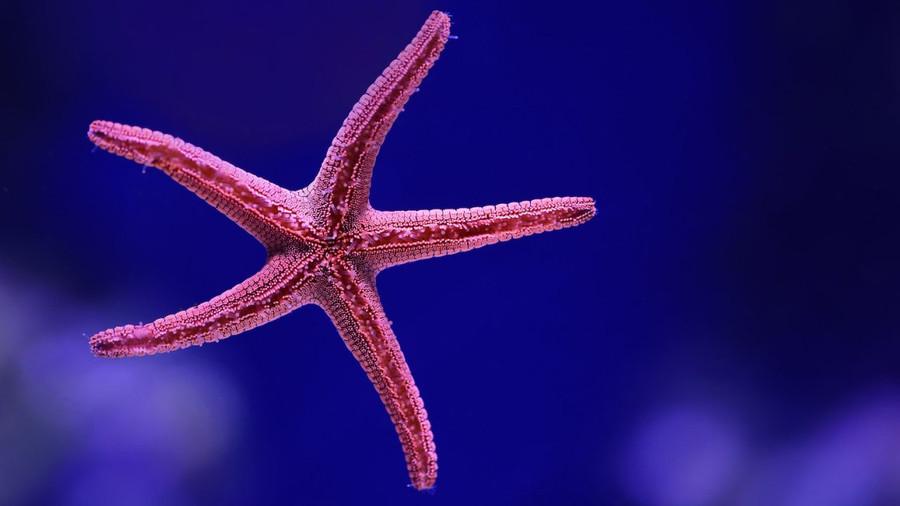Simple is beautiful: Why evolution repeatedly selects symmetrical structures
Curated from: bigthink.com
Ideas, facts & insights covering these topics:
5 ideas
·760 reads
12
Explore the World's Best Ideas
Join today and uncover 100+ curated journeys from 50+ topics. Unlock access to our mobile app with extensive features.
Nature Is Symmetrical
Life is marked by symmetrical structures, from the arms of a starfish to the identical subunits of various proteins. Why this is the case is not understood. One hypothesis is that symmetrical structures are easier to encode and, hence, are likelier to evolve. It is possible that evolution acts as an algorithm with a bias toward simplicity.
16
207 reads
The Advantage Of Symmetry
The abundance of symmetry in biological forms begs the question of whether symmetric designs provide an advantage. Any engineer would tell you that they do. Symmetry is crucial to designing modular, robust parts that can be combined together to create more complex structures. Think of Lego blocks and how they can be assembled easily to create just about anything.
16
153 reads
Information and Evolution
Nucleic acids and proteins are information-carrying molecules. They carry information not just about how to build an organism but also how it evolved to be. Many theorists have called information the currency of life.
The origin of life is the origin of an information-processing system.
15
148 reads
The Simplicity of Symmetry
Protein subunits attach to each other via interface surfaces to form complex structures. The greater the number of possible interfaces, the more complex a protein is. When the researchers looked at existing structures in the Protein Data Bank, they noticed that most proteins had few interfaces. Overall, it is much more common for nature to produce proteins with low complexity and high symmetry than proteins with high complexity and low symmetry. Computer simulations produced a similar result.
14
133 reads
Evolution as An Algorithmic Process
Modularity is another important feature of biological systems, and — just like Lego bricks — thrifty organisms often repurpose genetic or biochemical modules for new objectives. While there are different theories for why evolution selects for modular systems, this study shows that the simplicity of modular parts is a sufficient explanation. Recent work from other research groups also shows that complex morphologies are rare.
15
119 reads
IDEAS CURATED BY
Maria 's ideas are part of this journey:
Learn more about fashion with this collection
The importance of physical activity
The role of genetics in lifespan
How to maintain a healthy diet
Related collections
Similar ideas
1 idea
3 ideas
How chemistry decides the success of a first date
theguardian.com
3 ideas
Viruses, explained
nationalgeographic.com
Read & Learn
20x Faster
without
deepstash
with
deepstash
with
deepstash
Personalized microlearning
—
100+ Learning Journeys
—
Access to 200,000+ ideas
—
Access to the mobile app
—
Unlimited idea saving
—
—
Unlimited history
—
—
Unlimited listening to ideas
—
—
Downloading & offline access
—
—
Supercharge your mind with one idea per day
Enter your email and spend 1 minute every day to learn something new.
I agree to receive email updates





